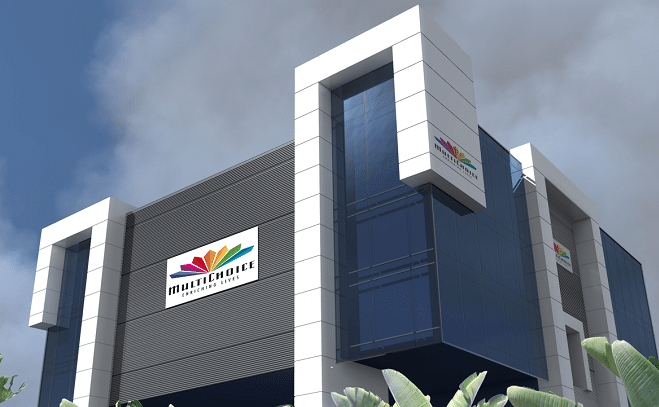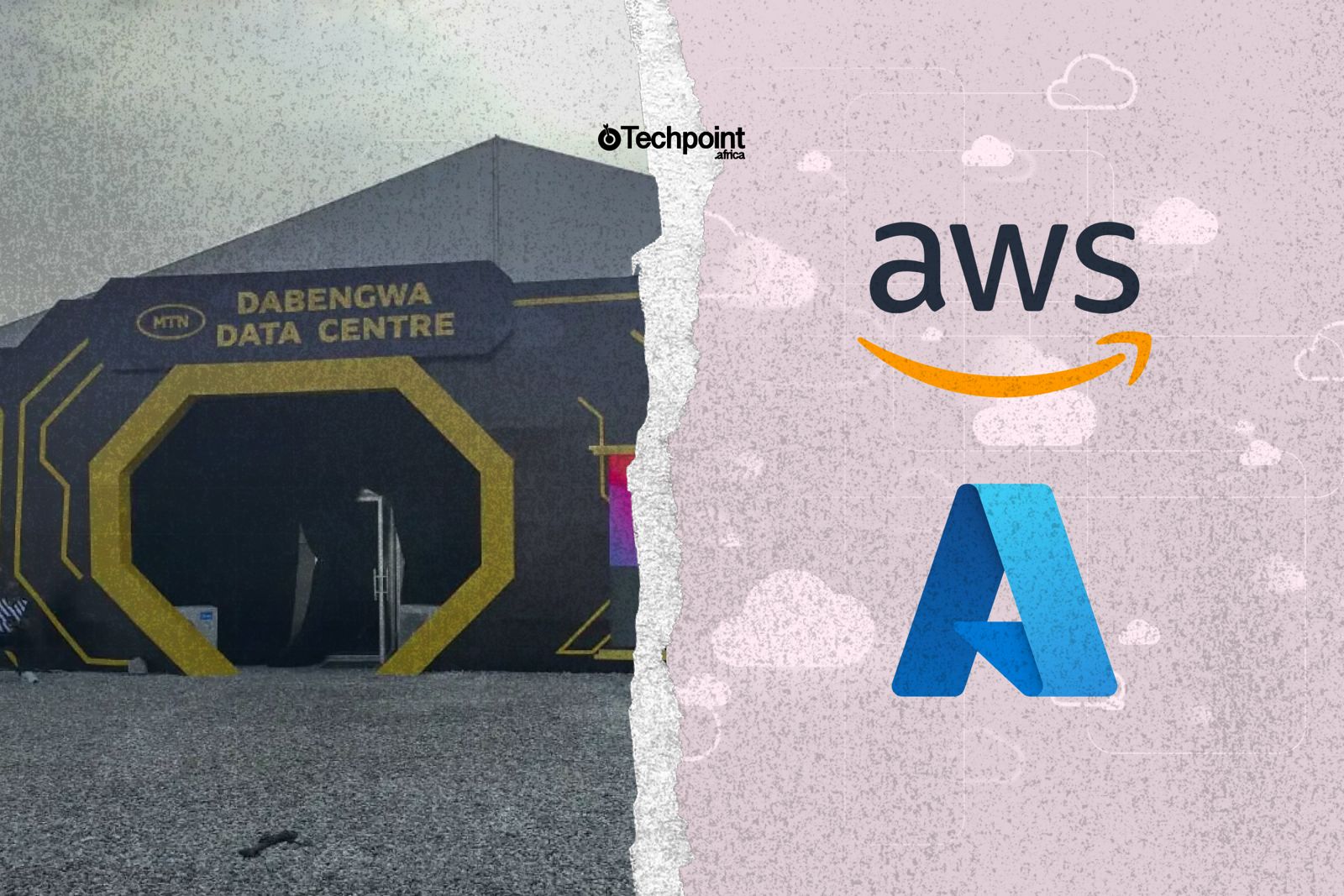Computers and the ICT revolution as a whole has influenced virtually all sectors of human endeavor; Education and the entire training and development value chain is not left out!
Training, capacity building, knowledge transfer & assessments have all been significantly “disrupted” by the e-revolution, giving rise to new methods and tools towards empowering the 21st Century Learner!
This article delivers a simplistic overview of Computer Based Testing & Assessments side by side the Traditional paper pencil based testing methods, in a bid to highlight key differences and points to consider towards better testing and assessment delivery.
It is assumed that everyone has a basic understanding of these terms and what they mean, especially in contemporary applications, but for the sake of those who may not be as tech savvy as the rest of us, a simple definition of the 2 test methodologies will be:
Computer Based Test (CBT) simply refers to tests and assessments conducted through the use of the organized systems on computers, while Paper Pencil Test (PPT) refers to a general group of assessment tools in which candidates read questions and respond in writing/shading.
Speaking in general terms, testing and assessment delivery can be a very tedious process especially in terms of administration
Advantages of CBTs
Proponents of CBT as a better testing method base their judgment on the facts below:
- CBTs offer automated administrative processes making it easy and faster to deliver, mark, release results and track performance.
- CBTs can be deployed in a supervised and non-supervised environment
- CBTs are perfect for self-assessment since examinees can check & monitor their own progress by self-testing and scoring.
- CBTs offer a broad range of options to simulate different exam conditions like timing, difficulty levels etc. by just a click of a button through programmable systems.
- Tests administration conditions can be standardized across any number of candidates as, CBTs help test developers to set the same test conditions for all participants.
- CBTs improve all aspects of test security by storing questions and responses in encrypted databases and enables testers to create randomized questions and answers from vast question pools.
- CBT promotes general test security and administration trough automated screening and validation of candidates before, during and after the exercise.
- Results generation & distribution is another strong point for CBTs since this can be achieved immediately after the Computer Based Tests.
- CBT also enables expert testing systems in the sense that the next question in a test series/sequence can vary based on the answer to the previous one, thereby delivering a responsive testing and assessment model.
- Going green! This is one of the greatest advantages of CBT over PPT; CBTs help the environment by reducing carbon footprints.
The list goes on and on, as regards the superiority of CBT over PPT because the features highlighted above are not seamlessly available on the PPT.
While tangible differences and advantages exist that put CBT above the PPT, in drawing concrete conclusions regarding the best test and assessment method to deploy, one has to be a bit more tactical, because they’re still situations where the PPT offers the best outcomes depending on testing/assessment objectives.
CBT offers a better testing mode any day when the delivery is Multiple Choice Questions (MCQ), or what we generally refer to as OBJ type tests.
With this type of test, instead of writing a shading on answer sheets, a click does the job.
Advantages of PPTs
Let’s take a critical look at other test and assessment scenarios, which are more seamless via PPT
- Essay based tests, to asses writing especially for very young learners;
- Procedural tests that involves physical activities like Practical in Science Based Subjects
- Verbal tests that assess speech, pronunciation an reasoning;
Attempts are underway to computerize some of these assessments but traditional testing methods still provide the best pathway as at date.
The situation within the UTME in Nigeria
Recently, JAMB began a phased movement towards 100% CBT in the UTME.
This year, the target was 100% CBT, but how did this pan out in practice?
- Irregularities especially due to Technological ad infrastructural challenges in most centers:
Going towards CBT in UTME is a novel idea especially because the UTME is a MCQ type test, but the implementation has been very flawed.
In a Country where there are basic infrastructural challenges & gaps in Power, access to the internet, security, social challenges like low access to Computers and low ICT literacy, the 100% CBT may not be the best assessments approach, at least not in the immediate term.
Pertinent questions to ask;
- Do candidates need to have ICT literacy/skills to be qualified to enter Universities in Nigeria? Or rather is JAMB also testing the ICT skills of candidates through the UTME?
If the answer to the question is in the affirmative, then it makes sense to insist on a 100% CBT test, otherwise, the blended approach that offers CBT and PPT options should be maintained.
Going forward, the exam body should also consider a proactive approach to making the 100% CBT more achievable in the near future.
Some of the recommended focus areas are:
- Taking care of basic test infrastructure and making sure issues of internet access and network efficiency is sorted across all centers/locations
- Introduce a strategic/holistic approach to getting all candidates ready for the CBT through inculcating and driving the acquisition of literacy skills within the learning curriculum in Secondary Schools. This goes beyond Teaching or including Computer Studies as a core subject; it involves strategic steps to deploy e-learning tools within the learning process such that members of the learning ecosystem can build digital confidence in addition to influencing learning outcomes.
Another tactical viewpoint towards the subject matter stems from a personal experience:
Several years ago (about 2 decades ago), I had to defend my first degree project work which was on computer based learning!
The external supervisor asked a simple question: What ways are the human lecturer/teacher, better than the Computer based tutor?
I reeled out a few of the answers I had garnered through my research; issues around emotional connections/components of the human teacher which the Computer tutor does not have etc.
When I was through with my answers, the man asked another simple question: When there is power failure; who continues to teach, is it the Human Teacher or the Computer Tutor??
That was a defining moment for me; research has to be attuned to the immediate issues and environment.
In analyzing CBT VS PPT, it is pertinent to note the challenges we have in our immediate environment.
The best approach towards determining the most effective assessment method per time will be to look at particular assessment objectives and decide on the one to deploy based on best fit to objectives; as against a one size fits all approach.
These objectives and considerations should address:
- Test Objectives
- Expected Outcomes
- Level of Examinees
- Available Infrastructure
- Etc.
As the world gets smarter, testing as everything else will get smarter, and the digital natives will find these new methods, normal; but the digital immigrants are still here, and they still play very key roles in the educational ecosystem as Trainers, teachers’ administrators & policy makers. The Smartest approach towards an inclusive and efficient transition is a planned and phased approach that takes everyone and everything into consideration!!
Featured image credit: Impact Sourcing Academy







